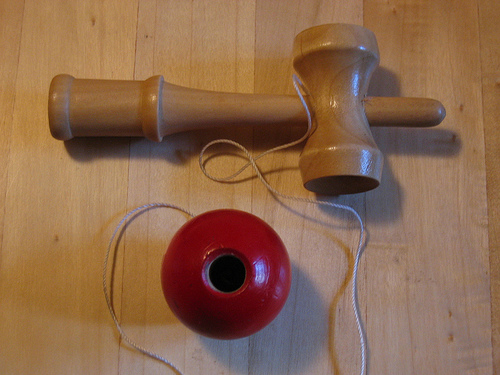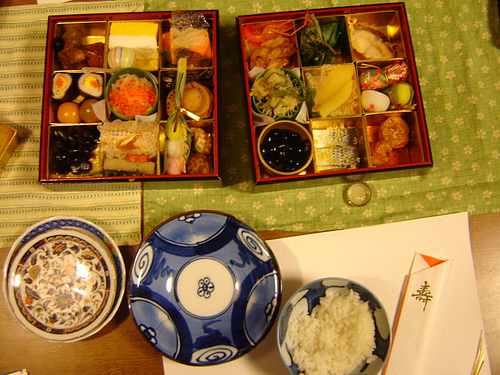In poor countries, cellphones have a big anti-poverty effect:
Jan Chipchase and his user-research colleagues at Nokia can rattle off example upon example of the cellphone’s ability to increase people’s productivity and well-being, mostly because of the simple fact that they can be reached. There’s the live-in housekeeper in China who was more or less an indentured servant until she got a cellphone so that new customers could call and book her services. Or the porter who spent his days hanging around outside of department stores and construction sites hoping to be hired to carry other people’s loads but now, with a cellphone, can go only where the jobs are. . . . Over several years, his research team has spoken to rickshaw drivers, prostitutes, shopkeepers, day laborers and farmers, and all of them say more or less the same thing: their income gets a big boost when they have access to a cellphone.
This is exactly the effect I propose that the very first words had: They helped two traders find each other. Having a word for knife made it much easier for the person who had a knife to trade to find someone who wanted a knife. I was in Guatemala when I ran out of contact-lens solution. Not knowing the Spanish term for it, it was extremely hard to find. Once I knew the Spanish term, it was very easy to find. In a Guatemalan market, I heard a man shout “toothpaste” (in Spanish) over and over. He was selling toothpaste.
I think the first words were also the first names; You became identified by the name of what you were good at making (and therefore had to trade, since you made many of them). This information spread, like a cellphone signal, from tower to tower: From one person to another. If you were Mr. X, and someone wanted X, and they said so (“X?”), someone would point them to you. All it took were single words.
Later in the article, Chipchase responds to the author, who wonders if more technology is always better. “People once believed that people in other cultures might not benefit from having books either,” he says. I would go further: Not having cellphones is like not having language.



